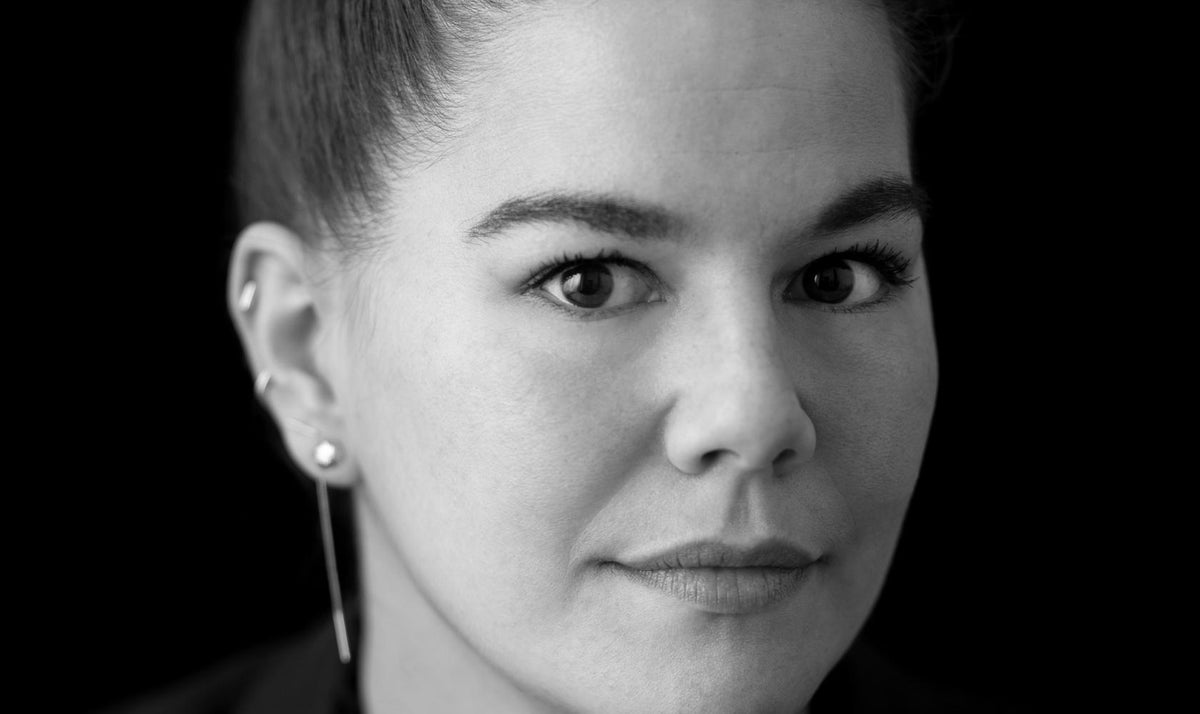
Falling in Love with Cocktails in Kyoto
|
|
Time to read 3 min

|
|
Time to read 3 min
The spirits of the past and present commune in Kyōto. Their voices lilt together within the imposing bamboo forests of Arashiyama, fluttering through the leaves and playing percussion on bending boughs. They dance in the sunlight filtering through statuesque torii, the vermillion gates that lead to the shrine of Fushimi Inari-taisha, where wishes are implored and granted. They alight in Gion—enchanting Gion, where temples tower over the city from their mountain perches, and narrow paths lead to a labyrinth of meandering cobblestone streets flanked by weathered machiya, the traditional wooden townhouses that date back to the 1600s. Every turn beckons a new adventure. It is my favorite place in Japan.
Before leaving my home to study in America, I worked mostly in this historic district, famous for its geisha culture. I preferred to walk the winding route to work, so I would take the train to the Sanjō station, one stop beyond what was necessary. As I ascended the steps to street level, the electricity of the bustling intersection greeted me with a wild breeze blowing from the nearby Kamo River. Rushing against shopping bags clutched in the hands of eager tourists, the wind added to the musical cacophony of the birds chirping loudly from the trees—an invigorating welcome no matter the season.
Gion attracts people from all walks of life—artisans, families, young lovers, fire dancers, and salarymen alike flock to its small bars and shops for both work and repose. Its ancient roadways wind through the grid of the old city like vines pulling against their trellis, making it easy for visitors to get lost. I let my nose guide the way, following the sultry scent of the waffle shop, the tang in the air from nukazuké (rice bran pickles) at Nishiki Market, and the caramelized tinge of roasting coffee coming from the old café. At night, hanging lanterns brighten the rows of stores, teahouses, and eateries that flank the cozy passageways. Elegant women in formal kimono usher guests through the discreet entrances and barely marked doors of kyō-ryōriya (traditional Kyōto restaurants), while thirsty crowds spill out of lively izakaya, where there will often be a waiting list to get inside for the best highballs and otsumami (snacks).
My first time in a cocktail bar was in this captivating city. Time stood still as I bore witness to a completely different side of the place I thought I knew so well. To get to the bar, my friend and I descended a moss-laden concrete staircase. We rang a doorbell and looked up into the camera. A voice crackled through the speaker. He waved and the door slid open to reveal a narrow, unadorned hallway that led to a heavy red velvet curtain. The soft lilt of a sweet jazz riff floated to our ears, intimations of another time and place; the source, a woman in a scarlet red dress poised like a goddess near the piano in the corner. To the left, dramatic lighting illuminated the long wooden bar, where a stately bartender worked quietly in a white suit jacket. The way he moved was mesmerizing. Carrying himself with an elegance I had never before envisioned, he gave every moment his full attention. It was my first time in a real cocktail bar, so every detail of the experience felt sharp and new. The ice clinking in the glass softly, the low murmur of conversation from the other guests, the sweet ripple of the piano keys—it felt special to witness a secret world hidden beneath the bustling streets of Kyōto.
I didn’t know what to order, so I asked for a Martini. The bartender smiled and with a knowing nod began his studied ritual of mixing. He selected an exquisite, cut crystal glass and filled it with perfect shards of ice, like a slippery jigsaw puzzle, and set it aside to chill. After measuring the gin and vermouth into a weighted mixing glass, he wiped droplets off the mouth of each bottle before positioning them on the bar before me, like a proud display of the quality within. His stir swirled silently with evenly measured rotations; he cast a spell across the room with the glimmer of the barspoon. When he poured the cocktail into the glass, the sight was like a moonstone melting into its setting. With a flourish, lemon oils were expressed over the glistening jewel, and with a look of approval, the martini was nudged toward me across the bar. It was then I knew I wanted to be a bartender. I wanted to provide that experience for other people.
Reprinted from THE WAY OF THE COCKTAIL by Julia Momosé and Emma Janzen. Copyright © 2021 by Julia Momosé. Published by Clarkson Potter, an imprint of Random House, a division of Penguin Random House LLC.
* Photographs copyright © 2021 by Kevin Miyazaki

